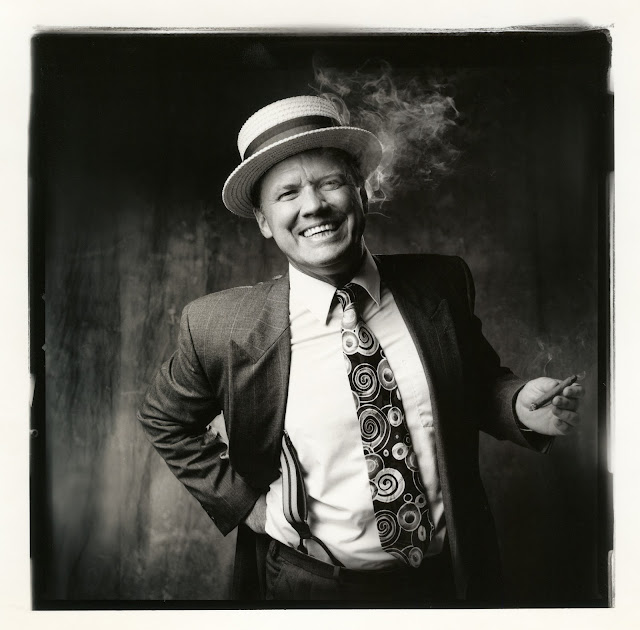 The hot wide angle lens on the market right now is the Nikon 14-24 mm 2.8 zoom. And it's a technological tour de force. Exotic lens elements. Nano coating. Hyper Drive focusing (I made that up). And the consensus is that, wide open, it trounces all the lenses in the focal range. By a long shot. It's currently around $1,800 US. If you shoot fast and wide you'll want one whether or not you are a Nikon shooter. Very cool.
The hot wide angle lens on the market right now is the Nikon 14-24 mm 2.8 zoom. And it's a technological tour de force. Exotic lens elements. Nano coating. Hyper Drive focusing (I made that up). And the consensus is that, wide open, it trounces all the lenses in the focal range. By a long shot. It's currently around $1,800 US. If you shoot fast and wide you'll want one whether or not you are a Nikon shooter. Very cool.
But....what if you're a different kind of shooter? What if your wide angle work is outside in the middle of the day? What if you had the good sense to use some of your money to buy a great tripod? What if you'd rather spend your money on food and shelter?
Here's the secret that drives lens junkies crazy: All good lenses are great two stops down from wide open. Almost without exception. Take a 14-24 Nikon and compare it to an Sigma 10-20mm lens and at f5.6 or f8 you'll probably be amazed to find that they are pretty darn close.
This is something I learned a long time ago in two different ways from two different people. Charlie Guerrero (Master Photographer par excellence) showed me on an old Leica that the 35 mm f2.8 Elmarit was actually much sharper than the Summicron 35mm f2 inspite of the fact that, at the time the Sumi was four times the price of the Elmarit. Stopped down to f4 they were pretty even but at 5.6 and 8 the Elmarit walked away with it. Same thing with 50 mm lenses. If you test them at f4, f5.6 and f8 the 50mm f2 lenses absolutely school the 50 1.4 lenses. In fact Charlie used to take cheap lenses and expensive lenses and do a test for our students. He'd have them shoot the pricey lens handheld in regular daylight while shooting the cheaper lenses on a tripod. Same aperture, same shutter speed (well about the "one over the focal length" rule...) and whatever lens was on the tripod was clearly better.
Erwin Puts, an expert about Leica lens design explains in detail why it takes a factor of 16 more precision to grind a lens one stop faster than another lens. His postulate is that all things equal the slower lens is the better lens by dint of manufacturing tolerances.
All I know is that I put my cameras on tripods when I'm looking for high quality and I try to shoot my lenses two stops down from wide open whenever quality is more important than mobility.
The shot above was done with an old, used Olympus 11-22mm zoom lens. One of the lenses that originally came out at the launch of the now "antiquated" Olympus e1 in 2003. Even though I'm using consumer grade Olympus cameras with my 11-22 I find it wonderfully sharp, contrasty and well corrected when I shoot it correctly.
I guess the point of this blog is that the lens isn't nearly as important as we make it out to be. I used to buy all kinds of super fast lenses until I came to realize that I like to see an adequate amount of things in focus. When I made this earth shattering discovery it just naturally followed that I came to believe technique to be worth more than expenditure.
Maybe it's just human nature to resent buying one's way into a craft. I think we love the idea of succeeding with egalitarian tools. As the year progresses and I spend more time shooting and less time shopping I seem to be finding that the enjoyment is not so much in attaining perfection as in having fun. And having some cash left over to buy a round at happy hour.
Loving the 11-22mm and all my recent down market purchases. I love relying on my vision more than on my wallet.






